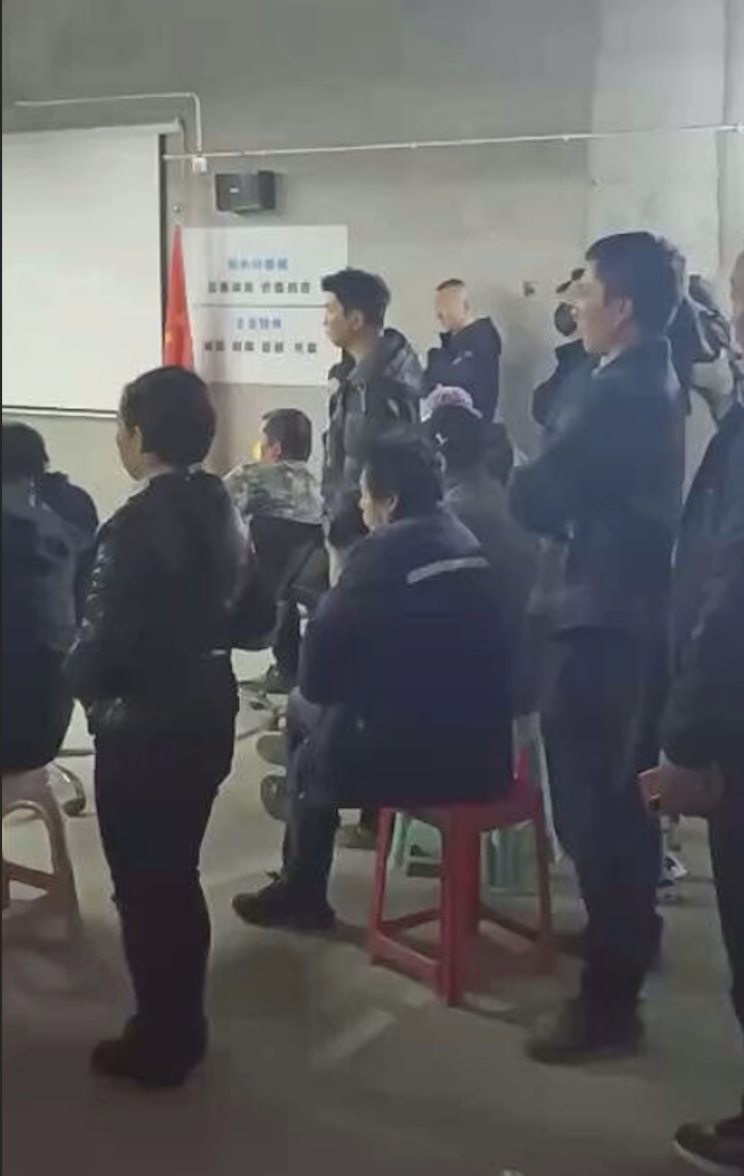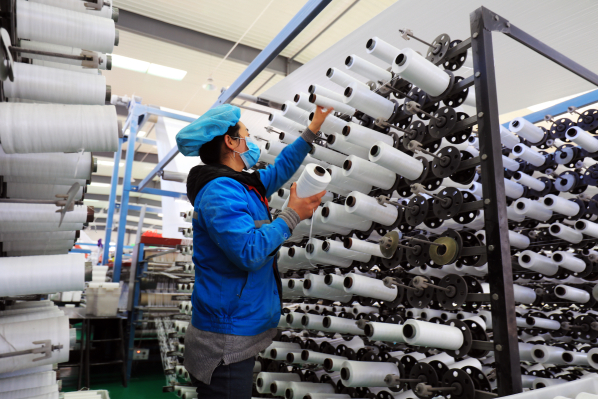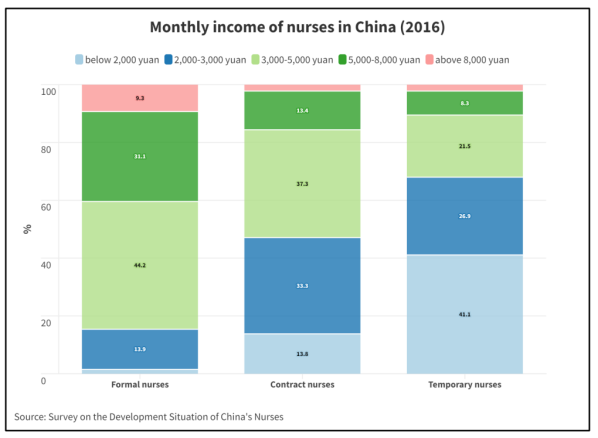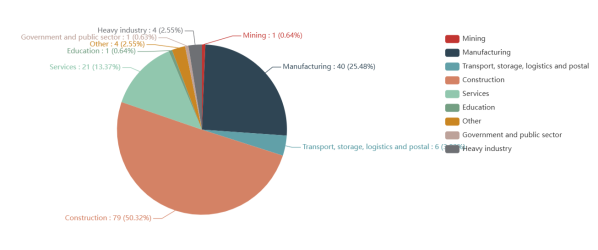Rebound in the number of workers’ strikes and protests in September. CLB’s Strike Map recorded 156 worker protests in September, a significant increase from the 86 incidents reported in August. Among these, 79 incidents were in the construction industry, accounting for half of the total (50.3%). The manufacturing and heavy industries had 44 incidents (28%), while the service and transportation sectors had 21 (13.3%) and 6 incidents (3.8%) respectively.
Most worker protests in the manufacturing sector were concentrated in Guangdong, with 22 incidents. Within the sector, the electronics industry had 14 incidents, and the apparel and footwear industries had 10 incidents. The primary reasons for these protests were unpaid wages and factory closures or relocations. For example, on 26 September, hundreds of electronics workers staged a strike to protest unpaid wages and social insurance. Workers claimed the company owed them three months' wages and one year's social insurance contribution. However, the company not only disregarded the legal violations, it claimed that workers could borrow from the company if they needed them, in effect putting workers into debt.
Employees in a bankrupt supermarket chain staged a new protest after government intervention yielded ineffective results. On 19 September, nearly a hundred employees of Fudi Sanyou Supermarket staged a protest in Xiantao, Hubei, demanding six months’ unpaid wages. In early April, employees across various branches of Fudi Supermarket in Hubei had already protested against the company's closure and demanded their unpaid wages. Employees at the Sanyou Fudi Supermarket in Xiantao even blocked traffic at one point but were dispersed by police.
Fudi Supermarket, a rural chain supermarket enterprise in Hubei Province, has been facing financial difficulties after intense competition from e-commerce and other stores over the past decade. After various branches of the supermarket were closed, the Xiantao Municipal Bureau of Commerce and Fudi Supermarket jointly issued an announcement acknowledging the disputes within the company. The bureau established a joint working group and demanded that workers and suppliers cease their collective actions. In mid-April, Fudi Supermarket entered a debt restructuring process and needed to file creditor claims by mid-July. With new workers’ protests launched, it seems that the previous intervention by the joint working group had not resolved the issues.

photo: Construction workers in Xi’an were protesting for their unpaid wages
Labour inspection brigade said they could not resolve an unpaid wage case as construction companies played the blame game. A construction labour contractor named Zhao sought help online on 27 September after he failed to get the unpaid wages for 70 workers he recruited in 2023. Zhao and 70 workers were working in a Sunac construction project in Xi’an, Shaanxi in 2023. During the working period, Zhao stated that the project contractor had already owed workers’ wages by only providing them with minimal living expenses. After the project concluded on 30 July, 2023, all the workers were still not paid, while the company and Sunac Real Estate were locked in a blame game.
When the workers sought assistance from the Labor Inspection Brigade, it claimed that they could not resolve the issue as the companies were not willing to solve it. To alleviate workers’ grievances, Zhao had to sell off assets and borrow money to pay over 30 workers their wages, but he still could not cover the wages of about 40 workers, totaling around 1.2 million yuan. By June of this year, the Sunac project informed Zhao that the company had settled its payments with the project contractor, but Zhao soon found out that the latter had absconded with the funds. The local labor inspection department’s lack of proactive measures to prevent the situation from worsening, has made the wage arrears issue for the 70-plus workers even harder to resolve.






